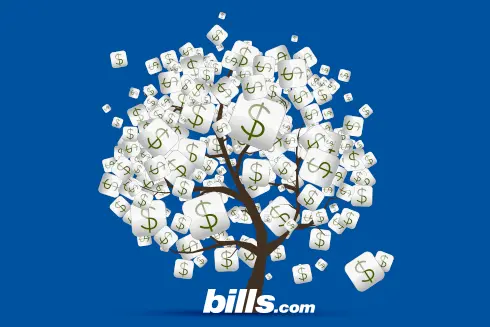I am looking into buying my first home and I'm wondering what the best way to get better interest rates is.
I am interested in buying my first home within the next year. I'm wondering which will have the better effect on obtaining a better interest rate: a bigger down-payment or paying off more or all of my credit card debt. For example, which would afford a lower interest rate (given everything else the same): a 3% down payment with $5,000 in credit card debt or a 10% down payment with no credit card debt.
You are looking for a simple answer, but your question contains many variables so my answer will be a complex. First, let us look at a constant in the equation: 35%. That is the ratio that banks look for as the maximum percentage of debt a household should have as a percentage of income.
Let us compare you, with zero debt, and a neighbor. Let us say your neighbor earns $500 more per month than you do, but also pays $500 each month in credit card debt. Assuming equal down-payments, the bank will see you as a more attractive risk than your neighbor. You can handle a larger mortgage than your neighbor because your debt ratio is lower. You merit a more attractive rate because you present a better risk than your neighbor, all other things being equal.
Now let us add the down-payment variable. A 20% down payment reduces your principal as compared to a no-down or 3% down payment. It also buys you a lower interest rate, makes it easier to qualify for a loan, and removes the requirement to buy private mortgage insurance. Weigh the benefits of waiting to buy a house with a 20% down payment verses buying sooner with a smaller down payment.
Regarding your question, the difference between 3% down and $5,000 existing debt verses 10% down and no debt is huge. Again, the rule of thumb is that your debt load should be no greater than 35% of your monthly household income. For the sake of argument, let us say for the sake of argument that your household income is $4,000 per month. That means that you can afford a $1,400 debt load. If you pay $300 each month to pay down the existing debt, that means the bank will figure you can afford a $1,100 mortgage payment. On the other hand, if you have zero credit card debt, the bank will figure you can afford a $1,400 monthly payment.
What is the difference between a $1,100 per month house and a $1,400 per month house? Assuming a 5.5% interest on 30-year loans and $2,000 in annual property taxes, a $1,100 payment buys a $165,000 mortgage, and $1,400 payment buys a $230,000 mortgage. Granted, the more expensive house will have higher property taxes, so this illustration is somewhat exaggerated. I am trying to make the point that driving down your other debts frees you for a larger mortgage and a pricier house in a nicer neighborhood.
To learn more about mortgages, read the Bills.com article about mortgage basics information.
I hope this information helps you Find. Learn & Save.
Best,
Bill
www.bills.com/
